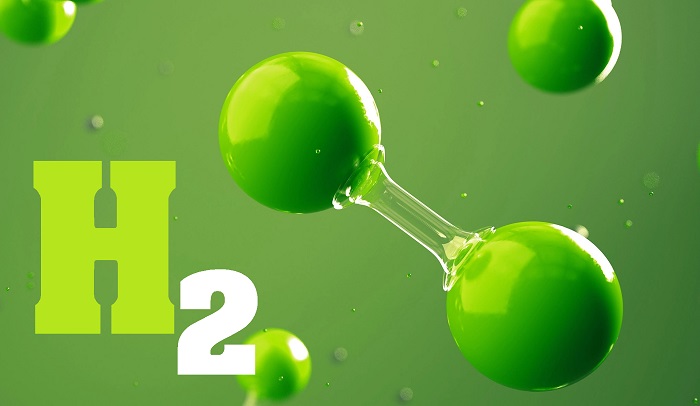Breakthrough research from Imperial College London and Queen Mary University introduces a novel organic solar-to-hydrogen system, achieving record efficiency and durability for clean energy production
A team of researchers from Imperial College London and Queen Mary University of London has made a significant advancement in solar hydrogen production, offering a more stable and cost-effective solution for clean energy generation. Their latest study, published in Nature Energy, presents an innovative approach to harnessing sunlight for hydrogen production, addressing key challenges in the field.
A New Approach to Solar Hydrogen Production
One of the biggest hurdles in solar-to-hydrogen systems has been the instability of organic materials like polymers and small molecules in water. Energy losses at critical interfaces have also limited efficiency. To overcome these issues, the researchers introduced a multi-layer device architecture that integrates:
- An organic photoactive layer for light absorption
- A protective graphite sheet functionalized with a nickel-iron catalyst
This unique design enhances efficiency and durability, making it a promising alternative to traditional hydrogen production methods.
Record-Breaking Efficiency and Stability
Dr. Flurin Eisner, Lecturer in Green Energy at Queen Mary University, emphasized the scalability and affordability of organic materials, highlighting their tunable properties for absorbing light and conducting electricity. The study demonstrated:
- Photocurrent density exceeding 25 mA cm⁻² at +1.23 V vs. the reversible hydrogen electrode for water oxidation
- Operational stability for days, a significant improvement over previous designs that degraded within hours
- A solar-to-hydrogen efficiency of 5%, showcasing its potential for off-grid hydrogen production
Dr. Matyas Daboczi, the study’s first author, stated that their findings clarify degradation factors in organic photoelectrochemical devices, helping future research improve performance and longevity.
Towards a Sustainable Hydrogen Future
Unlike earlier systems, this new approach leverages the bulk heterojunction concept in organic materials, offering high photocurrents, stability, and efficient solar-to-fuel conversion. According to Dr. Salvador Eslava from Imperial College London, these advancements could accelerate real-world applications, making solar hydrogen production more accessible and cost-effective.
With growing global demand for clean energy alternatives, this breakthrough could play a crucial role in scaling up hydrogen technologies, particularly in off-grid and industrial applications. The research team aims to refine material stability and further optimize efficiency, paving the way for widespread solar hydrogen adoption.


